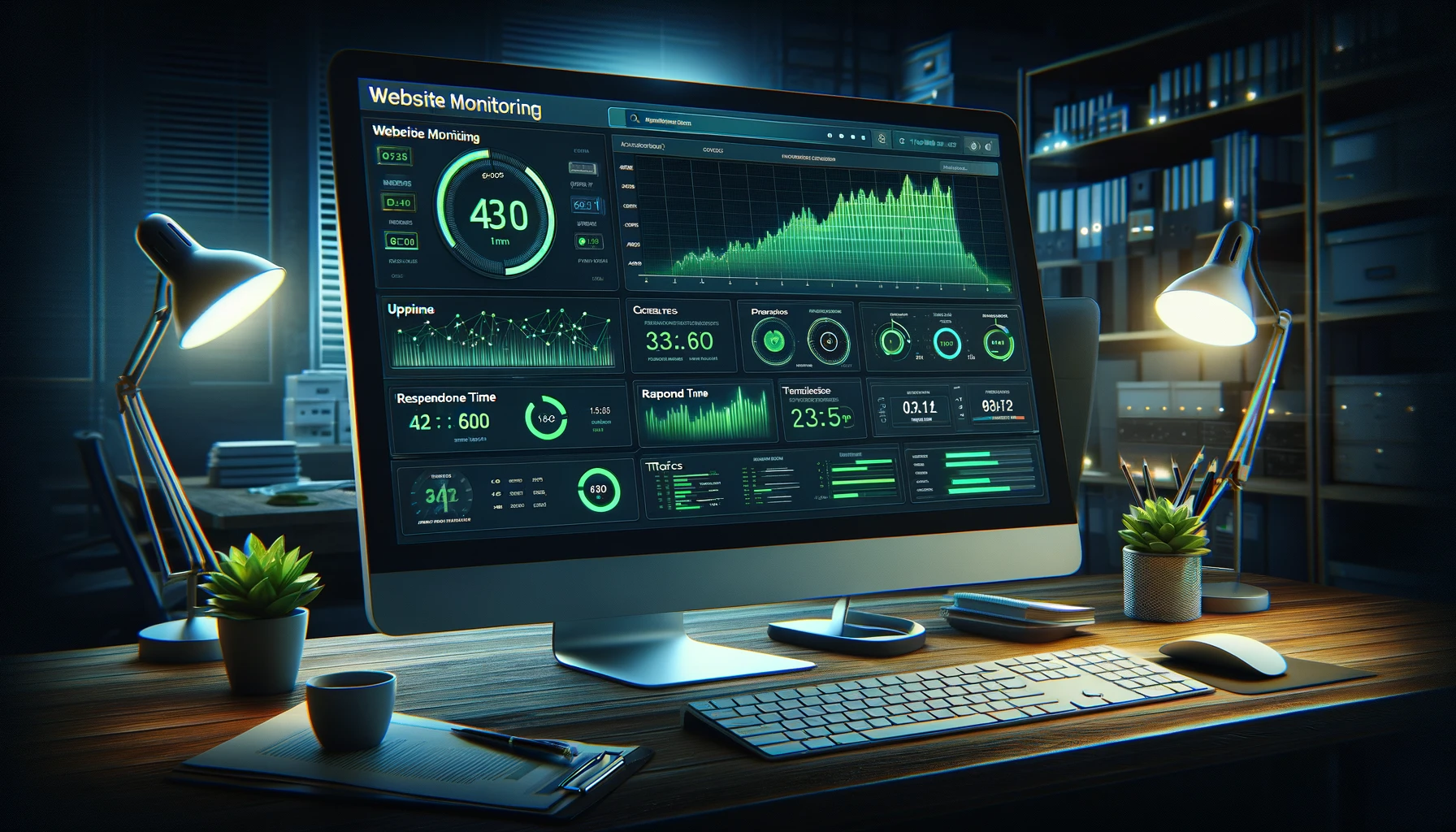Top Web Tools U.S. Buyers Use to Monitor Global Manufacturing
In a rapidly shifting global supply environment, digital tools have become indispensable for U.S. buyers looking to monitor production quality, supplier performance, and delivery timelines across continents. With volatile markets, rising demand for transparency, and geopolitical instability, having access to web-based platforms is no longer optional—it’s strategic.
These tools not only empower businesses to streamline operations but also help maintain competitiveness in sectors like electronics, apparel, automotive, and consumer goods. Whether sourcing from Southeast Asia, Eastern Europe, or Latin America, visibility and responsiveness are critical.
1. ImportYeti
ImportYeti allows buyers to research U.S. import records to uncover who their competitors are buying from. This platform is valuable when vetting potential factories or comparing supplier relationships. Its easy-to-navigate interface and historical data access make it a common choice for procurement managers.
Buyers can analyze supplier volumes and identify manufacturing clusters for specific product categories. With insight like this, a bestsourcing agent can help filter through options and verify the legitimacy of vendors discovered on such platforms.
2. Alibaba Supplier Analytics
Alibaba continues to be a vital platform for many importers. However, beyond product discovery, its analytics and factory performance tools help assess manufacturing capabilities, ratings, and audit histories. Data on fulfillment rates and quality assurance ratings provide an initial understanding of supplier behavior.
Despite this, platform-based data is not always complete. A bestsourcing agent Asia can help validate factory credentials and conduct third-party inspections beyond what digital platforms display.
3. Thomasnet and MFG.com
For those sourcing within the U.S. or exploring nearshoring opportunities, Thomasnet and MFG.com are powerful manufacturing directories. They offer digital quoting tools, supplier background checks, and RFQ systems. These platforms focus on certified, vetted suppliers across engineering and fabrication categories.
A buyer may use them to benchmark domestic capabilities before committing to offshore vendors. A bestsourcing agent can then compare these findings with international manufacturers for cost, lead time, and compliance metrics.
4. Panjiva
Panjiva, owned by S&P Global, provides trade data, shipment records, and supply chain insights across thousands of suppliers. U.S. buyers use it to trace shipment trends, map supply chains, and assess how frequently a manufacturer exports to the U.S.
By examining customs data, buyers can identify which factories are active and whether production schedules match their business cycles. Panjiva’s detail-rich dashboards complement the tactical services offered by a bestsourcing agent Asia, who provides ground-level insights and physical presence.
5. Global Sources
While often compared with Alibaba, Global Sources emphasizes verified suppliers and supports more B2B-focused verticals. It includes factory audit reports, product testing capabilities, and matchmaking services. The platform’s tools are useful for identifying niche product vendors in markets like Taiwan, Korea, and Vietnam.
To move from discovery to deal-making, buyers rely on local relationships. A bestsourcing agent helps bridge that digital-to-real-world gap by coordinating samples, price negotiations, and post-shipment quality verification.
6. Factory Audit and Compliance Tools (Sedex, Amfori BSCI)
With ethical sourcing on the rise, platforms like Sedex and Amfori BSCI offer audit data on labor conditions, environmental standards, and compliance documentation. U.S. buyers concerned about sustainability can cross-reference suppliers through these tools.
Having access to this data is only half the equation. On-site inspections, employee interviews, and workflow observations are still necessary. That’s where a bestsourcing agent Asia adds operational value, acting as the buyer’s direct representative in monitoring conditions.
7. Zoho Inventory and ShipStation
Inventory and fulfillment tools such as Zoho and ShipStation are increasingly used by small to mid-size U.S. buyers managing international orders. These cloud platforms integrate with e-commerce channels, track overseas shipments, and streamline order workflows.
Buyers combine these digital tools with services offered by sourcing professionals. A bestsourcing agent ensures inventory updates from suppliers are accurate and reflective of actual production and dispatch statuses.
8. Sourcify and Fero.ai
These emerging platforms offer full product lifecycle visibility—from prototype to shipment. Sourcify helps manage timelines, pricing, and supplier communications, while Fero.ai uses predictive analytics to identify risks and recommend alternative sourcing strategies.
Though useful, these tools lack on-the-ground validation. Using a bestsourcing agent Asia enables businesses to act quickly on red flags raised by these AI platforms, including sudden production delays or quality fluctuations.
9. Freightos and Flexport
Shipping platforms like Freightos and Flexport provide real-time visibility on freight rates, transit times, and customs status. With ocean freight volatility becoming a key issue, such tools are indispensable for accurate landed cost calculations.
Even with real-time dashboards, there are limitations in handling unexpected disruptions. A bestsourcing agent plays a key role in resolving transit or customs issues as they arise—especially in less digitally connected markets.
10. Google Trends and Semrush
These platforms aren’t just for marketers. U.S. buyers use Google Trends and SEO tools to predict consumer interest spikes and plan sourcing timelines accordingly. By understanding when certain products will trend, buyers can negotiate contracts well in advance.
A proactive bestsourcing agent Asia can use these demand forecasts to locate suppliers who can scale production rapidly or adapt design specifications for emerging needs.
Final Thought
Web tools have undoubtedly transformed how U.S. importers manage global manufacturing. However, digital visibility should always be paired with human oversight. Platforms provide the data—but people close the deal.
When used in tandem with a bestsourcing agent, these technologies can significantly enhance efficiency, accountability, and profitability in international sourcing. Combining software with hands-on experience ensures buyers are not only informed—but protected.
Would you like this blog optimized for LinkedIn repurposing or broken into a newsletter series? Let me know your format preferences.

